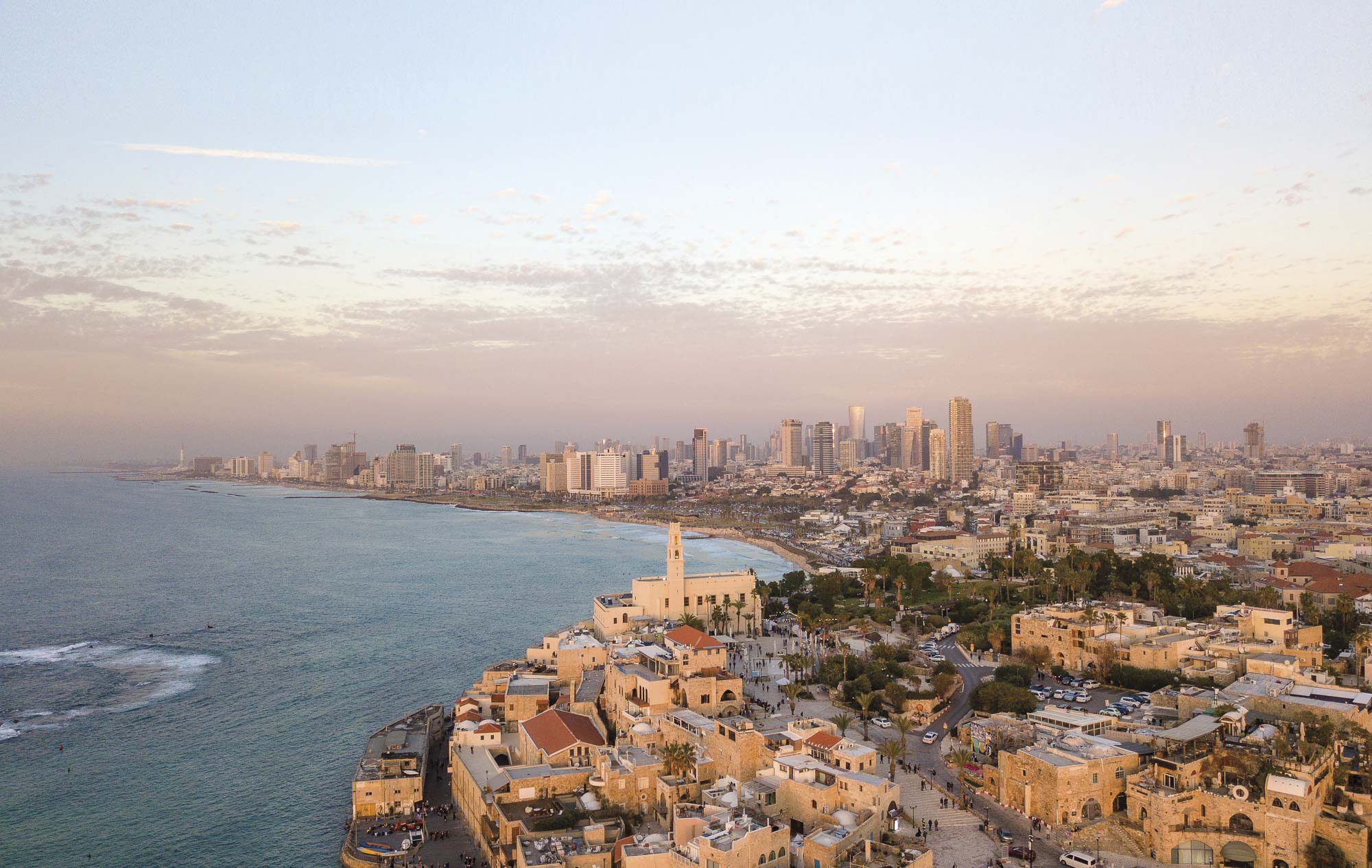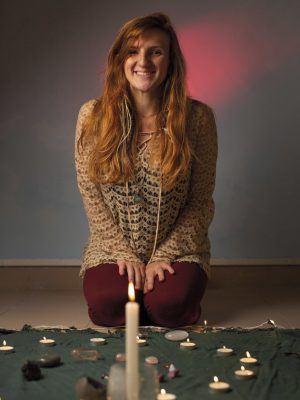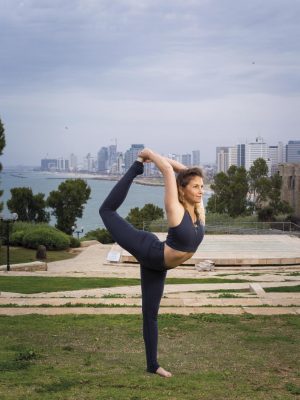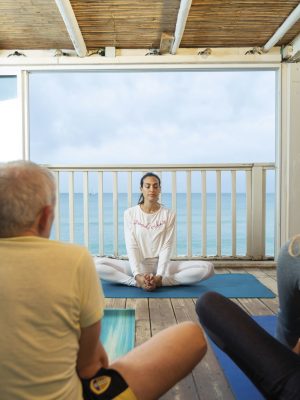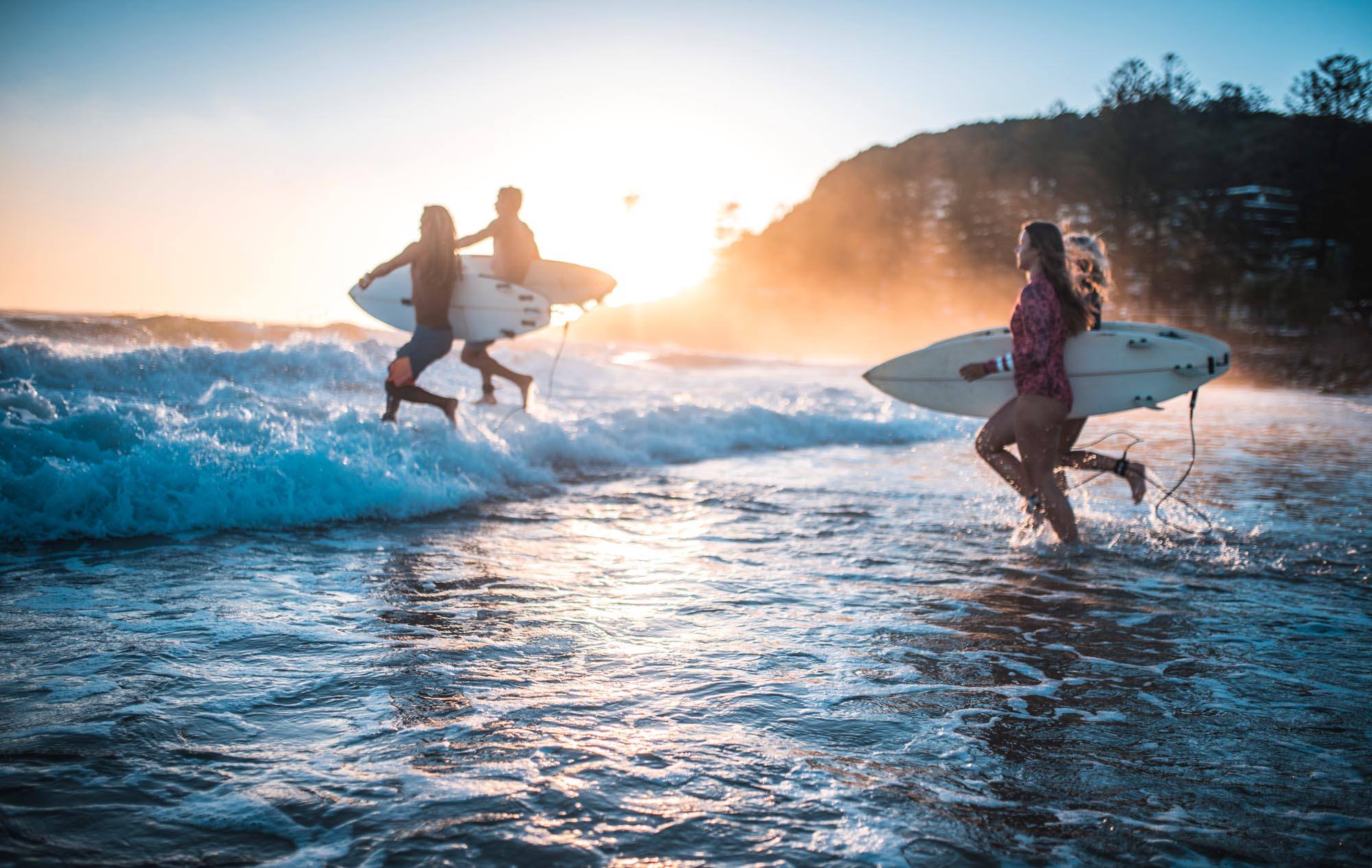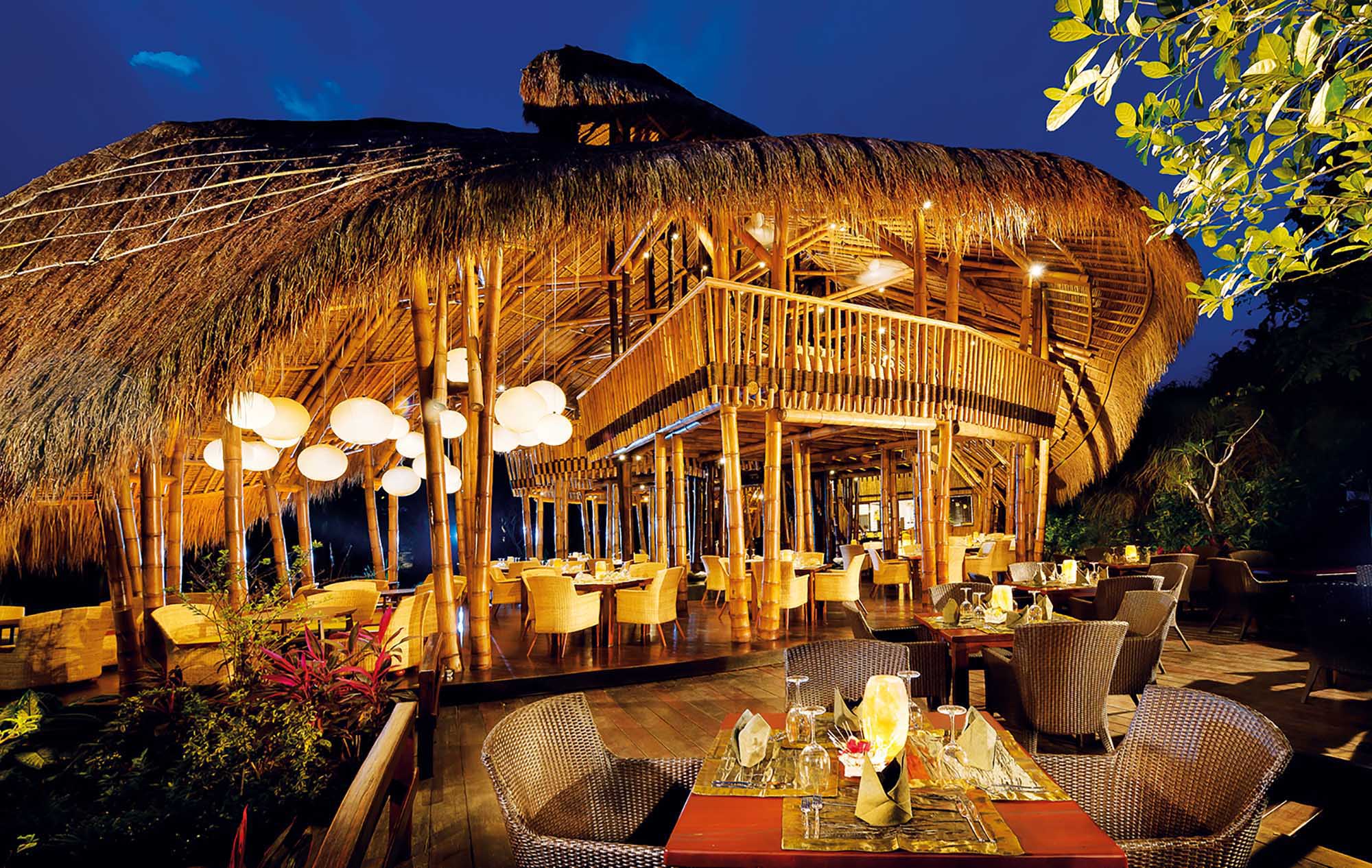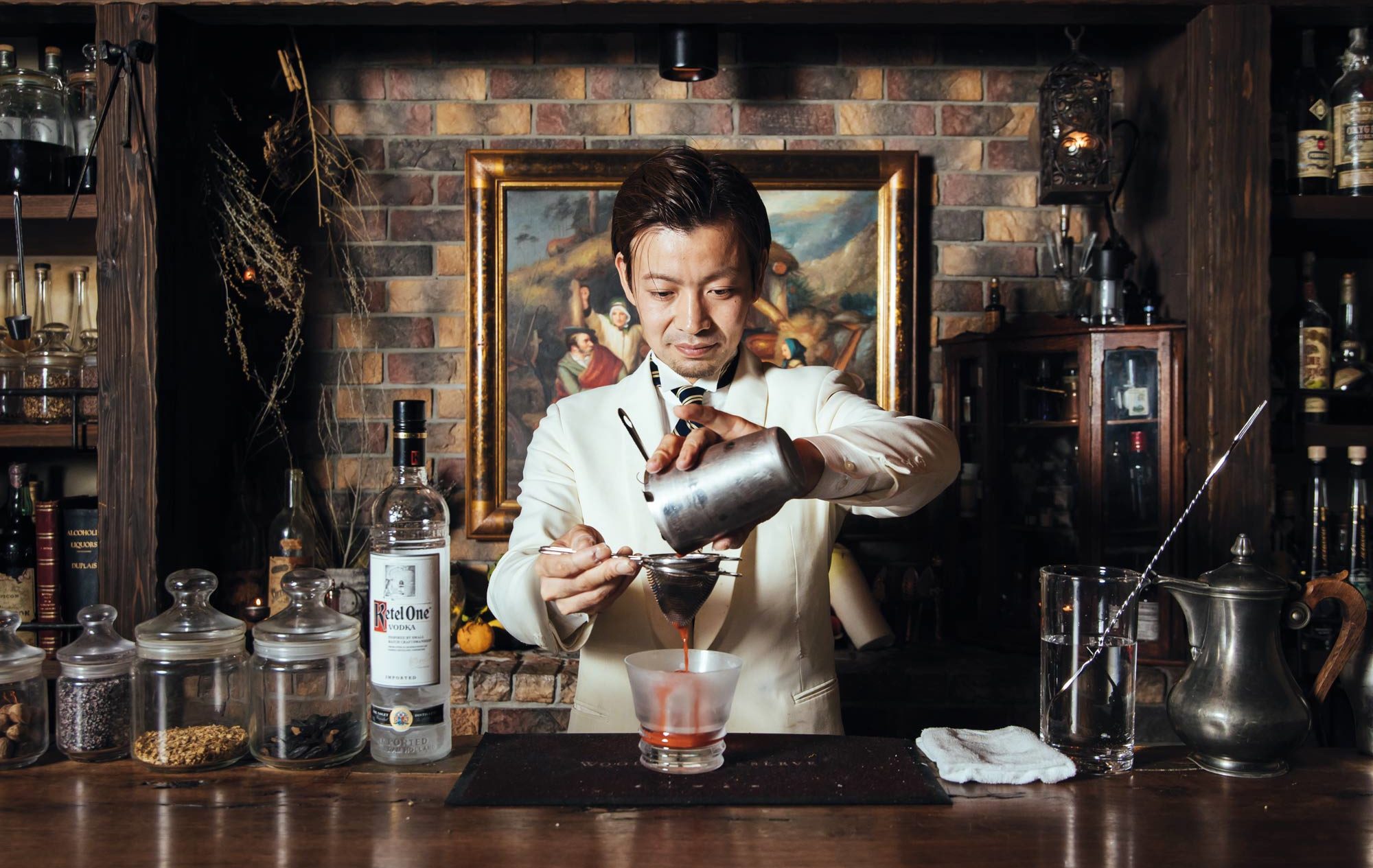It’s 8pm on a Monday night in ancient Jaffa and 20 women are sitting in a sacred circle, holding hands. As fairy lights and candles twinkle around them, the energy in the cave-like studio, just 15 minutes from the centre of Tel Aviv, intensifies. Crystals and rose petals adorn an altar, and one by one the women speak out, sharing intimate stories of their lives and emotional states. When everyone has spoken, group leader Ashley Szlachta leads the women through a restorative ritual: the cacao ceremony.
‘We bless the ancient cacao, we drink it, then we dance with hearts open and embrace our authentic selves,’ the 31-year-old US native explains.
From left to right: Tel Aviv yogis and health enthusiasts Ashley Szlachta and Rony Stav. Credit: Ronen Goldman
If this sounds too kooky to be true, brace yourself: the women’s moon circle is just one of many alternative healing practices to have swept the Holy Land in recent years. Israel is a focal point for world religions, but lately a new spiritual trend has emerged: Eastern-inspired practices that aim to heal people from within, strengthen community and dump emotional baggage. It’s a world away from the sparkly, disco-fuelled vibes of the Eurovision song contest, which comes to Tel Aviv this month after Netta Barzilai won the competition for Israel in 2018.
Yet many Tel Avivians see no conflict between the two worlds.
‘Modern Israel is a new country,’ says actor Rony Stav, 33, who’s also director of the donation-based, English speaking community group Yoga to the People.
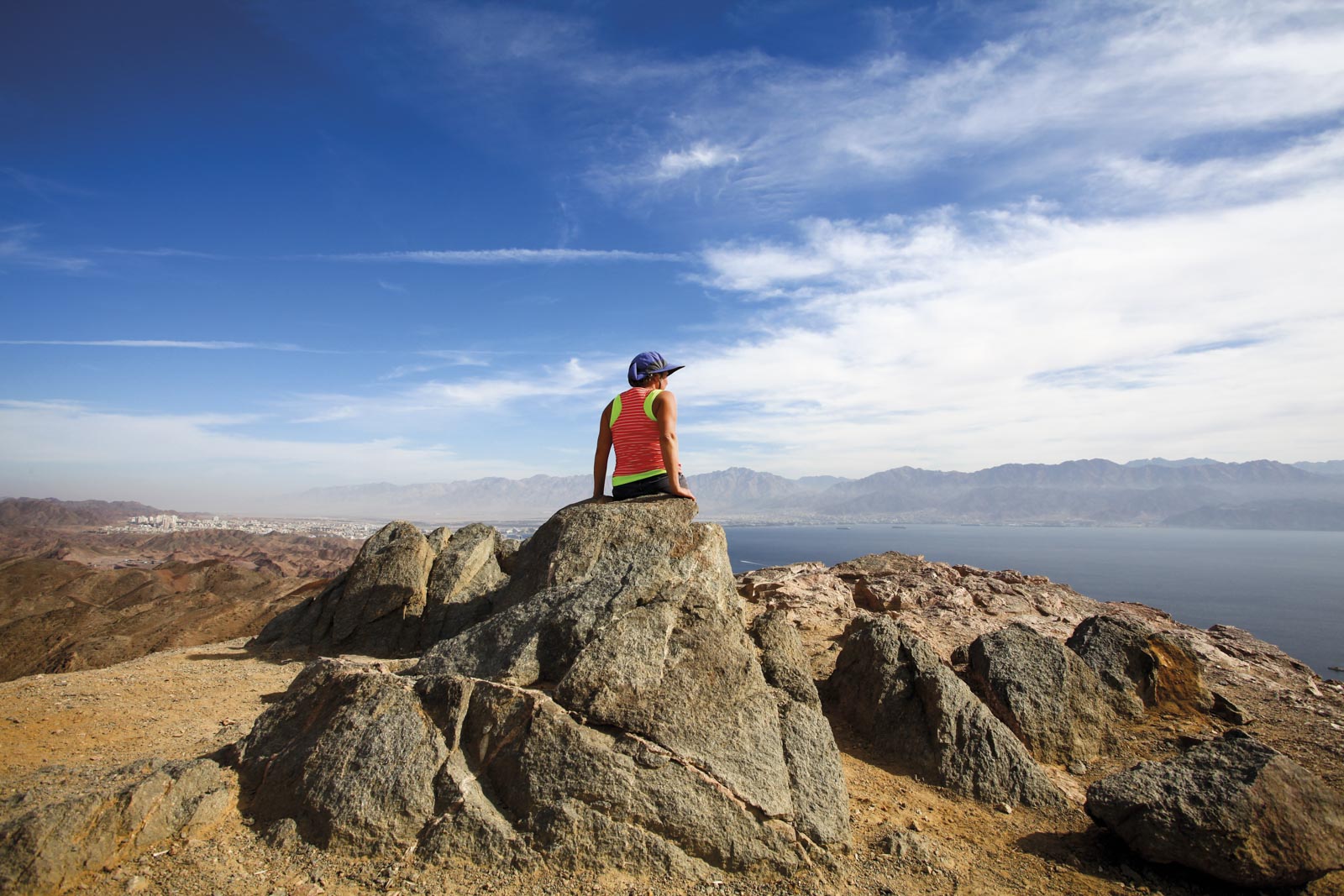
‘There’s something about being here that requires people to think outside the box. We are creative in work and in our personal lives. We ask questions about what’s right and wrong for us and we create communities wherever we go. Our families and friends are like tribes. So it’s no surprise that Israelis are inventing new ways of healing; we experiment, we’re playful and we embrace new ways to do old things.’
Tel Aviv is certainly brimming with new activities to try. This week alone, I have been invited to a hugging meditation, a healing herbal potions workshop, a sound bath, a sweat lodge, a community meditation night and a two-day residential ‘Red Tent Retreat’ for women.
And then there’s the annual Midburn festival, Israeli’s answer to Nevada’s Burning Man, which takes place in the Negev desert (though this year’s event has been cancelled). Tickets are like gold dust, with Tel Avivians and international visitors alike desperate to deep-dive into desert life for six days, to live in what organisers call ‘a temporary city that offers a platform for communal lifestyle, creativity, art and radical self-expression’. Ten thousand people make the annual pilgrimage to Midburn, where the only thing you can buy on-site is ice. It’s an intense experience that requires months of meticulous planning, yet devotees return to the city changed – dusty, but detoxed.
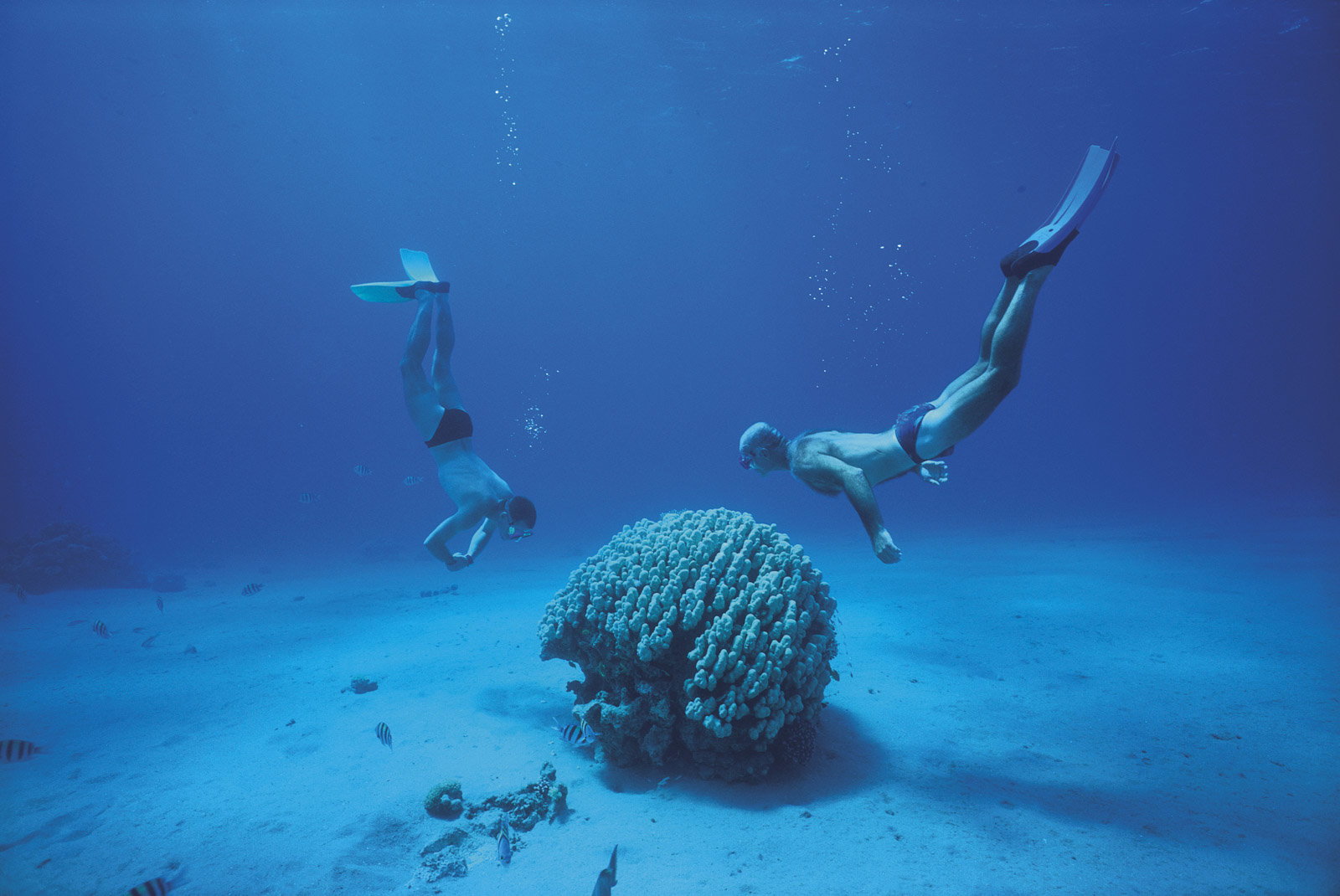
In north Tel Aviv, on bustling Dizengoff Street, naturopath Udi Sahar has opened an oasis of a more accessible kind: an organic, plant-based eatery and holistic wellness centre known as Urban Shaman. With its minimal interior design –stripped back timbers and large, communal tables – Urban Shaman is immediately enticing; a calm hideaway in the 24/7 city.
When it first opened in 2018, people lined-up outside to sign up for bespoke three-day juice cleanses as part of what Sahar calls a ‘healthatarian lifestyle’. Underneath the cafe is The Teepee: a healing space that hosts activities such as ‘body poetry’ and ‘bioenergy’.
‘After the army [military service is compulsory for all Israelis over 18], Israelis travel,’ Sahar explains. ‘They go east to India and Thailand, or west to the US. They experience Goa or LA and then they get back to Israel and think, “what do I do now?” This is why wellness is trending in Tel Aviv right now, we’re only at the beginning of the revolution.’
Wellness coach and yoga teacher Maya Kramer agrees, but she points out that the land we are standing on is at the root of the bohemian boom, too.
From left to right: Tel Aviv yogis and health enthusiasts Udi Sahar and Maya Kramer. Credit: Ronen Goldma
‘People here want to be healed,’ Kramer says. ‘Tel Aviv is full of young, beautiful people in their 20s, 30s and 40s, but we are the grandchildren of Holocaust survivors. Jewish people have always sat down together on Friday nights to drink our grandmother’s chicken soup, and today’s healing scene is simply the next evolution of this tradition. Moon circles, cacao ceremonies and drinking kombucha may not have originated in Israel, but they fit perfectly with the nation’s DNA and Tel Avivians are falling in love with the scene – fast.’
Eilat, an Easy Side Trip
Eilat first became popular with holidaymakers in the 1980s. Today, the area is home to some impressive five-star hotels, yet in comparison to some resort towns, it retains an intimate, home-spun feel. Israelis love to camp outside of the city in the Negev desert and day-trip into Eilat to go snorkelling, diving or to hike in the Eilat Mountains.
A sunset boat ride into the Gulf of Eilat can provide a new perspective on the region – from certain vantage points you can see into Egypt, Israel, Jordan and Saudi Arabia simultaneously.
Getting to Eilat is now easier – and more aesthetically pleasing. Instead of flying into Ovda airport, an hour outside of the city, international passengers can now fly directly from Tel Aviv to Ilan and Assaf Ramon International Airport, which opened in the Timna Valley in January 2019. The airport serves as the new southern gateway to Israel. It features a minimalist and futuristic design; and is Israel’s first civil airport built from scratch.



